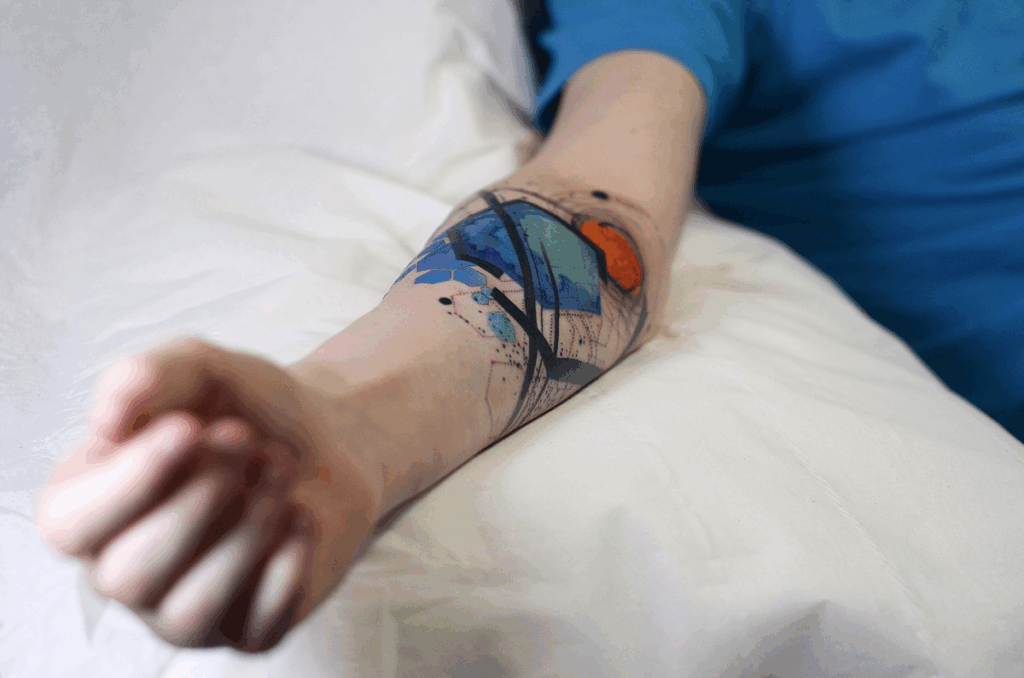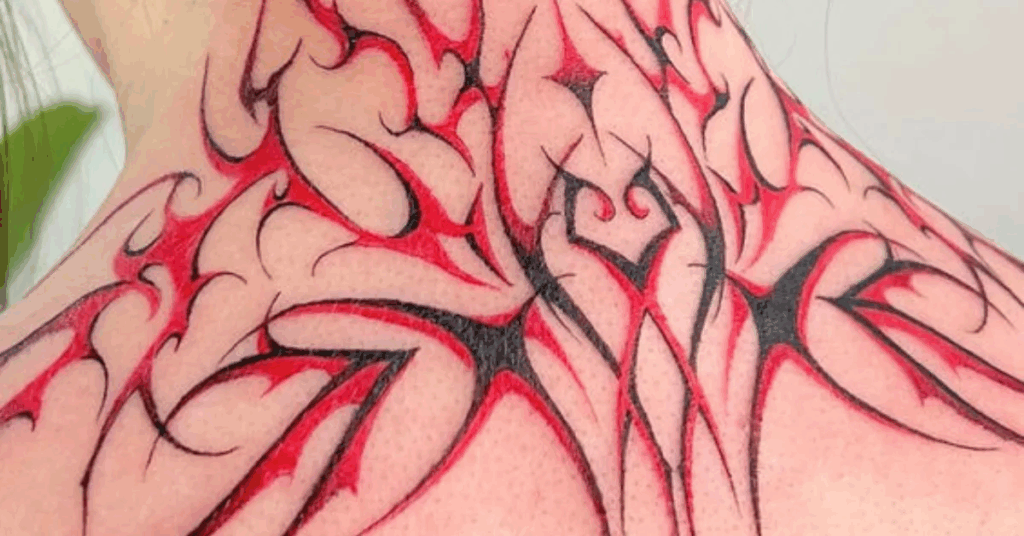Tattoos have existed far longer than most people realize not as mere decoration, but as deeply embedded cultural expressions tied to identity, social status, spirituality, and even the afterlife. In many ancient societies, certain tattoos were considered too sacred, too personal, or too powerful to be displayed in daily life. These markings were only revealed during death rituals or sacred ceremonies, and in some cases, never seen by the public until the wearer had passed away.
But why such secrecy?
The Roots of Sacred Ink Ritual and Identity

Tattooing, as an art form, has ancient roots in ritualistic practice. In places like Polynesia, Aotearoa (New Zealand), and the Pacific Northwest, tattoos weren’t just about aesthetics — they were visual codes of belonging. These markings indicated tribe, social rank, lineage, and spiritual connection. Among the Maori, the tā moko facial tattoos carried meanings so detailed that one could trace a person’s ancestry and achievements by studying the ink alone.
But some tattoos, especially those on areas of the body normally hidden from public view, held an even deeper role. In many cultures, these tattoos were only meant to be seen during rites of passage, spiritual ceremonies, or at the moment of death — when the soul was believed to journey to the next world. These markings were not body art for vanity; they were symbols of transformation, protection, and spiritual elevation.
Tattoos in Death and the Afterlife

The idea that tattoos were reserved for sacred transitions is especially evident in archaeological finds. The mummified remains of Ötzi the Iceman — a Bronze Age man preserved in the Alps — revealed over 50 tattoos placed at key acupuncture points. Whether medicinal, spiritual, or symbolic, these were not tattoos for show. They may have been meant to guide his spirit, protect his body, or mark him for the gods.
Similarly, Egyptian female mummies dated around 2000 BCE were discovered with dotted tattoos. Scholars believe these were related to fertility and protection during childbirth — possibly serving both the physical world and the spiritual one. The tattoos remained hidden during life and only surfaced after death, suggesting they held sacred meaning only for divine or ritual eyes.
The Hidden Language of Pain and Transformation

In traditional Samoan culture, tattoos were more than skin-deep; they were a rite of passage. The process was painful, lengthy, and deeply ceremonial, using sharpened bone tools and ink hammered into the skin. These tattoos weren’t revealed lightly — they marked the transformation from adolescence to adulthood, from ordinary to sacred.
Revealing these tattoos was often part of spiritual or tribal rituals. They became visible in sacred ceremonies or in death, when the person’s journey in this world was complete, and their identity needed to be presented in full — not just to their people, but to their gods or ancestors.
Stigma, Secrecy, and Reclamation

Throughout history, tattoos have oscillated between reverence and rejection. In ancient Japan, full-body tattoos once symbolized high status and devotion. Later, they became associated with criminality and were hidden away. In pre-Hispanic Mesoamerica, tattoos were used to mark life stages and agricultural cycles, often appearing during festivals and sacred observances — only then made visible.
In modern times, tattoos have been misjudged, criminalized, and stigmatized, especially in the West. During the 20th century, tattoos were associated with sailors, prisoners, or rebellion. Only recently has society begun to shift back toward understanding tattooing as a meaningful personal and cultural expression — not unlike its sacred origins.
Ink as a Personal and Spiritual Marker

According to art historians, tattoos today reflect identity construction — a way for individuals to define who they are, what they believe, and how they wish to be seen. For some, that identity includes private meanings and messages — symbols that might never be explained, and sometimes never revealed while alive. For others, tattoos reclaim a cultural heritage that was once shamed or outlawed.
What’s consistent across time is this tattoos have always been more than skin-deep. From spiritual guides to posthumous declarations, some tattoos are designed to be seen only in the most intimate or divine of contexts in sacred ceremonies or in death itself, when the body becomes a final canvas of the soul’s journey.
